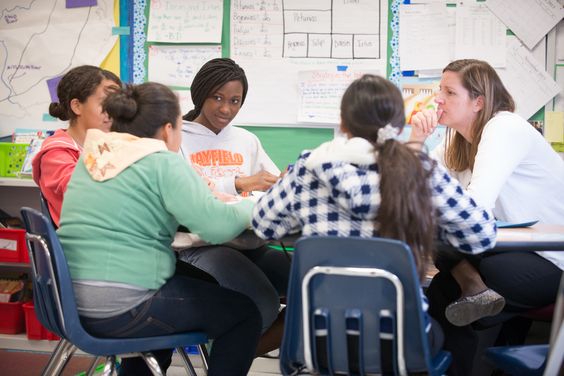Creating diverse, dynamic student partnerships and groups is essential for a successful classroom environment. It encourages teamwork, initiates collaboration, and fosters problem-solving skills. Yet, finding the right balance can be challenging. Here are 13 clever ways to pick student partners or groups that can transform your classroom atmosphere.
1. Popsicle Stick Draw: Write each student’s name on a popsicle stick and place it in a jar. When you need to create new groups or partners, simply draw the sticks randomly.
2. Clock Partner Method: Each student receives a clock worksheet with their name in the 12 o’clock space. They find partners to assign on their ‘clock’ sheet at different hours. When needed, call out specific hour-based pairings for group activities.
3. Line-up Strategy: Ask students to line up based on predetermined criteria such as birthdate, favorite color, or favorite sports team. Then, create groups or partnerships from the line.
4. Colored Index Cards: Give each student an index card with a color-coded category. Choose any combination of possible categories, like interests, abilities, or learning style. Students find partners with matching colored cards.
5. Puzzle Pieces: Cut puzzle pieces from construction paper and distribute them to the class. Students must find their match by connecting the pieces together.
6. Group Jigsaw: Assign students numbers or symbols and then group them accordingly (e.g., all squares together or all triangles together). This allows for quick reshuffling of diverse groups if needed.
7. Musical Mingle: Play music while students walk around the room. When the music stops, they find partners nearest to them for a group activity.
8. Themed Conversation Starters: Distribute randomly-assigned conversation starters to students related to the topic being studied in class. Have students engage in brief discussions with their classmates before forming partner groups with similar ideas or thoughts.
9. Heterogeneous Grouping Technique: Use pre-assessment scores or learning strengths to intentionally create teams that are diverse in ability. Assign students specific roles based on their talents to improve overall group performance.
10. Homogeneous Grouping Technique: Create groups with similar learning styles, talents, or interests to encourage compatibility and focused collaboration on a given topic.
11. Friendship Groups: Allow students to form their own groups, encouraging friendships and social bonds to be strengthened alongside academic learning.
12. Balanced Grouping: Assign each student a role or responsibility within the group based on their skills (e.g., timekeeper, secretary, researcher). This promotes collaboration and creates balanced teams where everyone has a specific task.
13. Student-Led Team Selection: Let students take full ownership of group formation by conducting their own evaluations or selecting team members through either their personal preferences or based on complementary skillsets.
In conclusion, various methods can be employed for picking student partners or groups, allowing educators to foster a positive classroom environment. These techniques encourage collaboration, build stronger academic performance, and develop essential interpersonal skills in students—the perfect recipe for successful classroom experiences.





